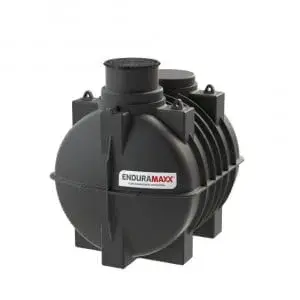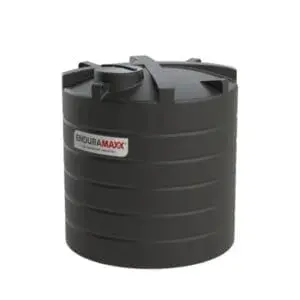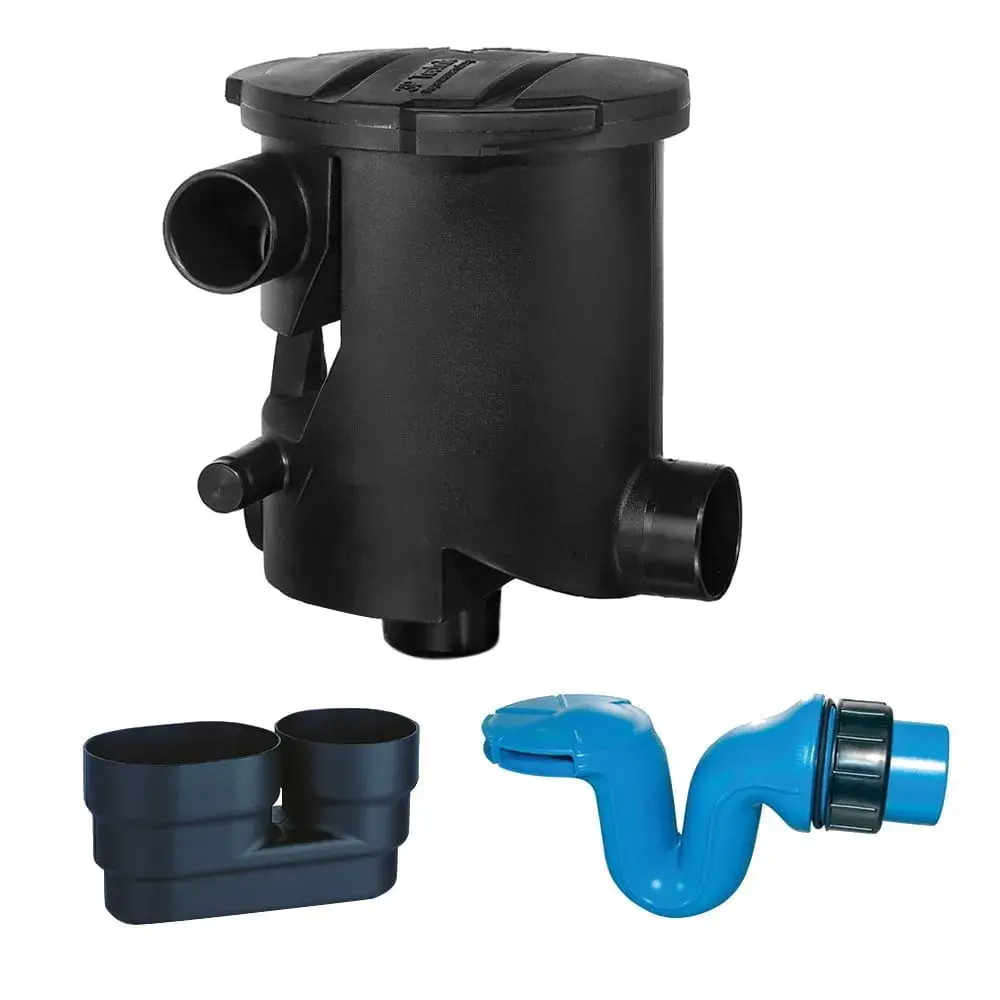Soil remediation is a broad term used to define any process employed to solve the problems caused by contaminants, whether they are affecting soils or waters in or on the ground surface.
The definition of contamination is, roughly speaking, the abnormal presence of something which is adversely impacting upon an object, e.g. kerosene in soil which produces vapours dangerous to human health, kerosene is contaminating the soil. Contamination comes in many forms from asbestos to diesel to mercury, etc.
The aim of remediation is to remove or reduce concentrations of these contaminants to ‘safe’ levels where they no longer adversely impact the object in question. This really sounds very simple and with the correct advice and guidance, there is no reason why it shouldn’t be. Where it gets interesting is the selection of the ‘best’ method(s) to remediate the contaminant.
Why Is Soil Remediation Necessary?
If you have identified contamination on your site you need to break the source-pathway-receptor chain by removing at least one of these three components to make things safe. This can be done by removing the receptor e.g. fencing off the area from people, removing the pathway by installing a barrier, e.g. a capping layer across the site preventing the uptake by crops, or by dealing with the contamination source, e.g. reducing or removing the contaminant to levels which will not affect the receptor.
- The ‘source’ is the point or area from which contamination can spread, i.e. the material which is the root of all the problems.
- The ‘pathway’ is the method by which the contamination gets to the receptor. Ingesting, inhaling or touching certain contaminants can cause serious harm. Contaminants can be static in the soil but can be ‘taken up’ in to crops and subsequently eaten, or contaminants can simply become airborne on dry dusty days and inhaled by us, contaminants can also migrate through the ground affecting groundwater.
- The ‘receptor’ is the term used to describe anything that can be adversely affected by the contaminants; namely you, me, animals, plants, ecosystems, ground and above-surface waters, etc, though this is not an exhaustive list of possible receptors.
Soil Washing Technique
Soil Washing is probably the simplest to explain of the soil remediation methods. It is exactly what it sounds like. Soils are passed through a specialist washing plant which washes out the ‘fine’ contaminated particles, leaving a ‘clean’ granular soil that can be re-used on site. As with all of the treatment options, the soil and contaminant must be suitable for the application, in this case the soils must be predominantly of a granular nature in the first instance. It is only economically viable to use this option on large volumes of suitable material. You also need space to stockpile and dry treated soils and allow for the disposal or secondary treatment.
Tanks For Soil Washing
When using the soil washing technique, it’s obvious to say a large amount of water or chemical is required to flush the contaminated particles out. Enduratank manufacture a wide range of liquid storage and treatment tanks from 150 Litre to 30,000 Litre. If larger capacity is required, you can simply link our tanks together using our tank linking kits making much larger combination tanks up to 90,000 litres and beyond.
Tank types
Bunded Tanks
Our bunded tanks have been specifically designed with pollution control in mind. Selected for integral protection from leakage and overfilling. These plastic tanks are constructed using rotationally moulded mid density polyethylene.
Clarification Tanks
Enduratank’s Clarification Tanks are used for the continuous mechanised removal of suspended solids or solid particles from a liquid. These plastic tanks, otherwise known as Conical Clarification Tanks or Clarification Cone Bottom Tanks are available in a range of sizes.
Cone Tanks
Made of a single piece construction from high-density food grade polyethylene our plastic tanks permit easy viewing of content level in natural light.
Our range of cone tanks (conical tanks) is designed for the containment of liquids up to 1.5 SG. All tanks come with a lid that can be vented or non - vented. Heavy-duty galvanised steel support frame is supplied as standard, also available without frame.
Standard Water Tanks
With both domestic and commercial sizes and capacities available, our range of non-potable water tanks, also known as vertical storage tanks or water storage tanks, provides the water storage element for water storage. In 33 sizes, ranging from 150 litres to 30,000 litres, our plastic tanks allow water to be stored and used at your convenience. We are pleased to announce that we are able to manufacture framed support bases for these tanks - see under Modifications and Accessories.
For more information or to talk to one of our experts call us on 01778 562 810.
Posts By Topics
- Blog (303)
- Chemical Storage Tanks (118)
- Chemical Dosing Tanks (114)
- Chemical Tanks (114)
- Water Tanks (58)
- Rainwater Harvesting Tanks (43)
- Vertical Rainwater Tanks (31)
- Vertical Storage Tanks (31)
- Cone Bottom Tanks (19)
- Conical Cone Tanks (18)
- Rainwater Harvesting (17)
- Water Bowsers (15)
- Horizontal Tanks (14)
- Potable Water Tanks (13)
- Farming (9)
- Case Studies (8)
- Industrial Storage Tanks (7)
- Liquid Fertilser Storage Tanks (6)
- WRAS Approved Potable Tanks (6)
- Wine and Beer Production (6)
- Horizontal Transport Tanks (5)
- Microbrewery (5)
- Rainwater (5)
- Category 5 Break Tanks (4)
- Cider Production (4)
- Mixer Tanks (4)
- Molasses Tanks (4)
- Polyethylene tanks (4)
- Rainwater Filter Kits (4)
- SPECIALIST & BESPOKE TANKS (4)
- Bunded Tanks (3)
- Slimline Tanks (3)
- WRAS Approved (3)
- Clarification Tanks (2)
- Crosslinked Polymer Tanks (XLPE) (2)
- Fertiliser Tanks (2)
- Sump Tanks (2)
- Tank Installation (2)
- Water Butt (2)
- underground water tanks (2)
- ACCESSORIES & FITTINGS (1)
- ATV & UTV SPRAYING UNITS (1)
- Above Ground Effluent Tanks (1)
- Bespoke Tank Frames (1)
- Category 5 Turret (1)
- Caustic Soda Tanks (1)
- Closed Top Bunded Tanks (1)
- Craft beer (1)
- Effluent Tanks (1)
- Enduramaxx (1)
- Ferric Chloride Tanks (1)
- Fire Safety Regulations (1)
- Fire Sprinkler Water Storage Tanks (1)
- Industrial Water Tank (1)
- Open Top Bunded Tanks (1)
- Open Top Cone Tanks (1)
- Open Top Vertical Tanks (1)
- Polyethylene Potable Water Tanks (1)
- Polyvinylidene Fluoride (PVDF) Tanks (1)
- Polyvinylidene Fluoride Tanks (PVDF) (1)
- Pressure Washers (1)
- Pro Series Spot Sprayers (1)
- RWH (1)
- Sodium Hydroxide Storage Tanks (1)
- Sprayer Fill-up Tanks (1)
- Uncategorised (1)
- liquid fertiliser tank (1)
Sign up to the newsletter
enduramaxx.marketing
Related Posts
What Is a Cat 5 Break Tank? | Understanding Backflow Protection
A Cat 5 break tank is a water tank featuring an air gap between the inlet and outlet to ensure that...
Do I Need A CAT5 Break Tank For An Irrigation System?
A CAT5 Break Tank for an irrigation system is used to provide an air gap between the mains supply...
What Is a Cat 5 Water Tank? UK Guide - Enduramaxx Ltd
What is a Cat 5 Water Tank? A Cat 5 water tank features an air gap between the inlet and outlet to...
Related Products
From £1,080.00 inc. VAT
£900.00 exc. VAT
From £1,344.00 inc. VAT
£1,120.00 exc. VAT
From £768.00 inc. VAT
£640.00 exc. VAT
£480.00 inc. VAT
£400.00 exc. VAT





